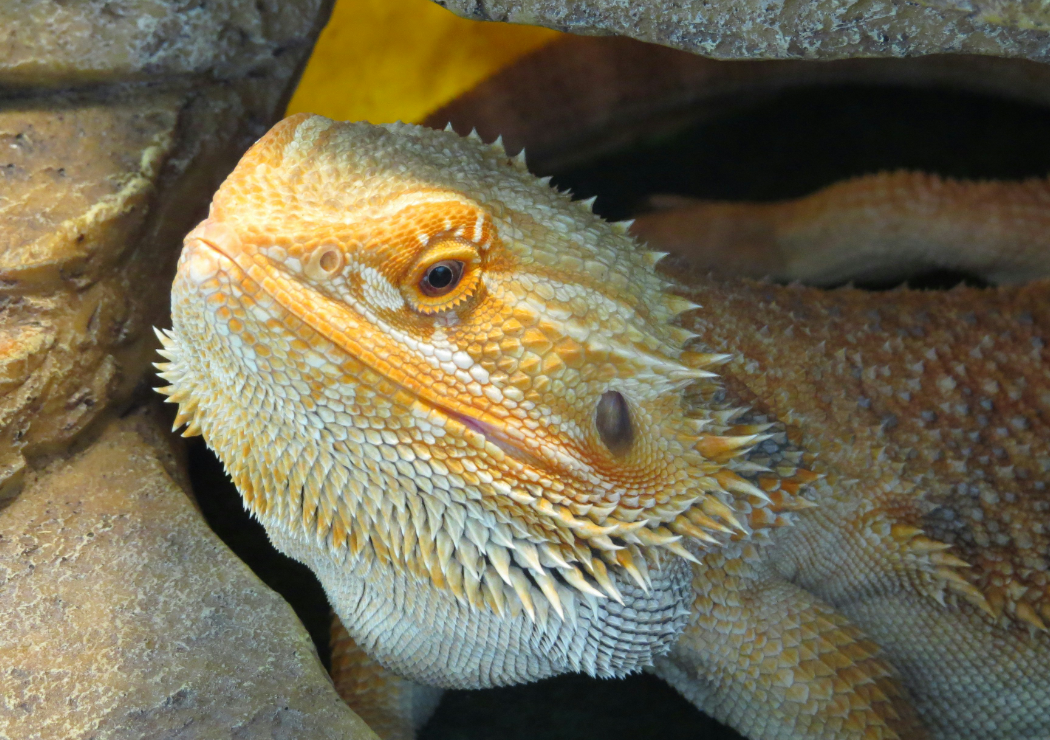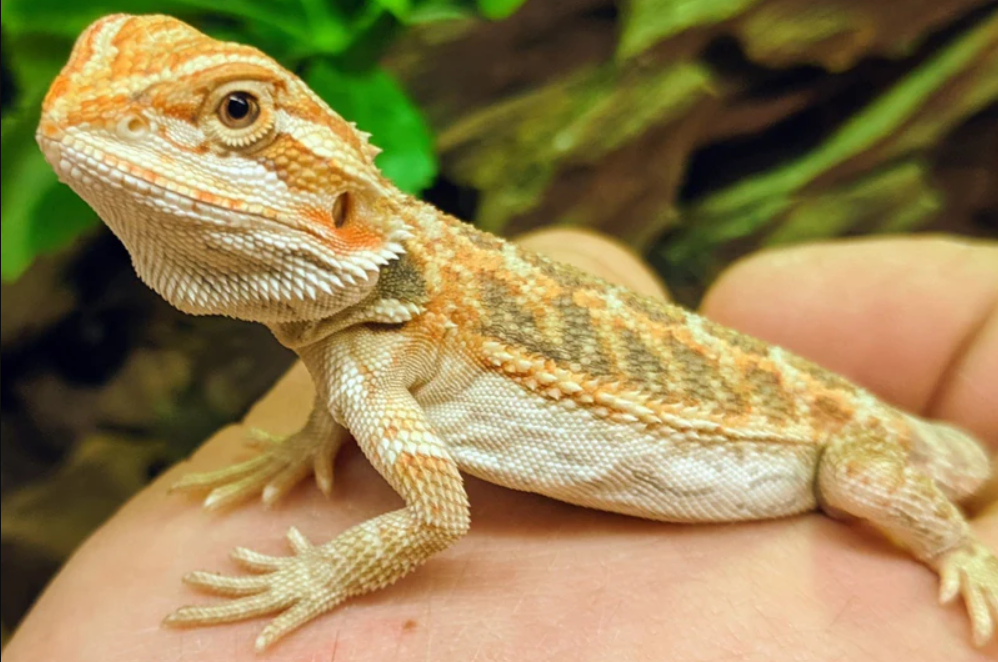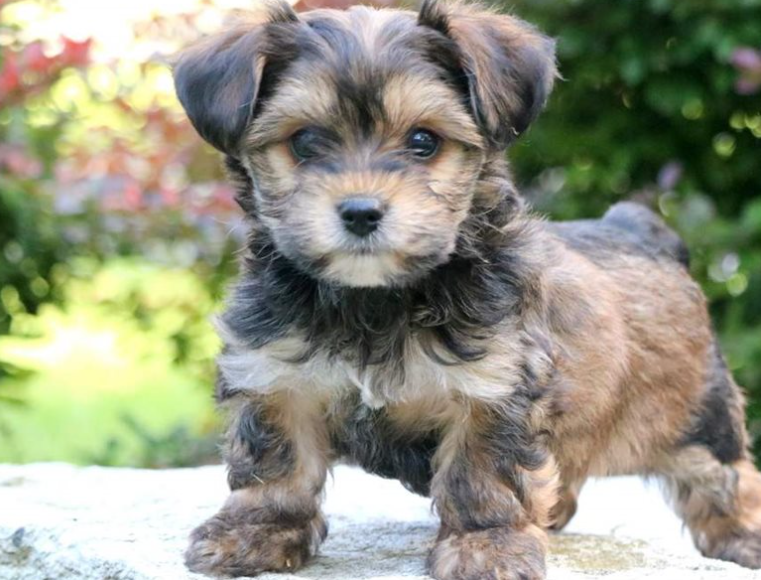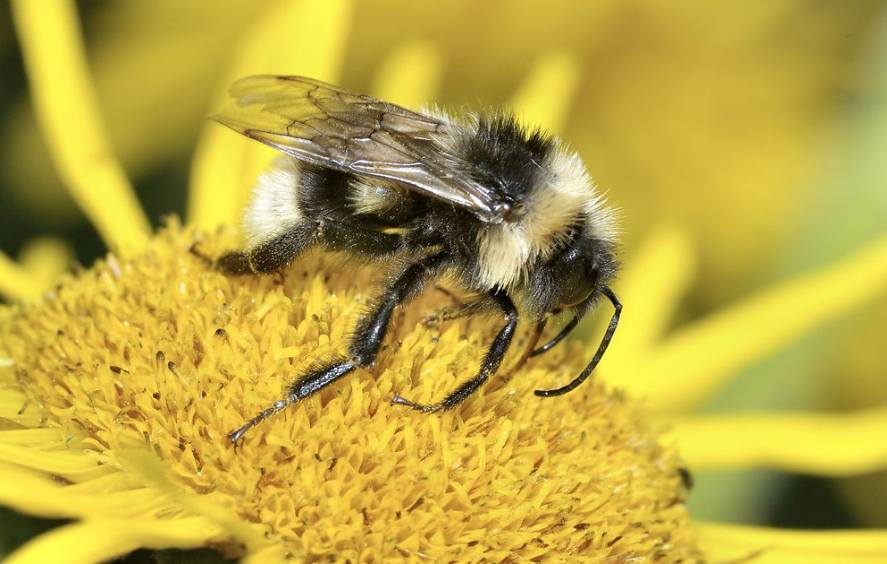
Intriguing facts about bearded dragons
The fascinating reptiles known scientifically as Pogona, or bearded dragons, are found in the arid regions of Australia. Their name originates from the prickly scales behind their chin that mimic beards, and they may puff out and darken to indicate dominance or seduce a partner. Owing to their remarkable versatility, these reptiles may be found in a variety of habitats, including deserts, woodlands, and scrublands.
Scientific name and species information about bearded dragons
Pogona, the scientific name for bearded dragons, are interesting reptiles that are becoming more and more common as pets. These Australian native reptiles get their name from the prickly scales that round their necks and resemble facial hair. Because of their minimal care needs, distinctive look, and placid disposition, bearded dragons make wonderful pets.
Bearded dragons have an amazing ability to change colour
One amazing feature of bearded dragons is their amazing ability to change their body temperature. They are ectothermic, meaning that external heat sources regulate their body temperature. In addition to warming up by soaking in the sun, they could look for cover or dig tunnels under the surface of the ground to keep cool. Their behaviours allow them to live in a wide range of climate-related environments.
Dietary preferences of bearded dragons
Bearded dragons are omnivores, meaning they eat both plants and animals. Along with insects like mealworms and crickets, their main diet consists of vegetables and leafy greens. They can chew food efficiently because of the structure of their jaws. These reptiles are also well-known for their peculiar feeding behaviour, which is called “gaping,” in which they open their mouths wide in front of predators to show rage or fear.
Bearded dragons ability to communicate through body language
Another amazing thing about bearded dragons is their ability to communicate via body language. They use a variety of gestures and body postures to convey their intentions and sentiments. When they feel frightened or defensive, they could, for example, flatten their bodies, puff out their beards, and darken their colouring to seem larger and more dangerous. On the other hand, they could softly nod their heads or stretch their limbs out in the sun when they feel relaxed and at peace.
Bearded dragons distinctive appearance and calm nature
Bearded dragons are a popular pet due to their distinctive appearance and calm nature. They may be easily controlled and enjoy social interaction when given the right care. However, it’s imperative that you provide them with a respectable habitat that mimics their natural environment, replete with UVB lighting, a heat source, and a spacious cage that includes hiding spots and climbing frames. Additionally, essential to their health are a well-balanced diet and regular veterinary examinations.
Fascinating characteristics of bearded dragons
Bearded dragons are incredible reptiles with a wide range of fascinating characteristics. These reptiles’ ability to regulate body temperature, unique feeding patterns, and diverse forms of communication never fail to captivate reptile enthusiasts and pet owners. To ensure their well-being in captivity, it is critical to understand their natural tendencies and offer them the care they need.
Interesting facts about the variety of species of bearded dragons
Diverse Species of bearded dragons
Bearded dragons come in a variety of species, each having distinctive traits of its own. The Inland, or Central Bearded Dragon, is the most popular species kept as pets (Pogona vitticeps). Rankin’s Dragon (Pogona henrylawsoni) and Eastern Bearded Dragon (Pogona barbata) are two more species. Every species has a unique temperament and look.
Defensive behaviours exhibited by bearded dragons
Bearded dragons have an amazing protection mechanism when they feel attacked. Their beard, which is typically flat against their body, may be seen when they push out their neck. To prospective predators, this display makes them look bigger and more menacing. To further ward off any possible dangers, they may also expand their lips wide and display their pointed teeth.
Omnivorous Diet preference for bearded dragons
The varied diet of bearded dragons includes both plant material and tiny animals. Their main food source is insects, namely mealworms, roaches, and crickets. They also like a wide range of fruits and vegetables, including berries, carrots, and leafy greens. To guarantee that their nutritional demands are satisfied, it is essential to provide a balanced diet.

Special adaptation of thermal Regulation by Bearded dragons
Being ectothermic, bearded dragons depend on outside sources to control their body temperature. Within their cage, they need a gradient that has a warmer part (95–105°F; 35–40°C) for basking and a colder portion (75–85°F; 24–29°C). They can thermoregulate by alternating between warmer and colder regions as required, thanks to this temperature differential.
How to interact with bearded dragons safely
In contrast to common perception, bearded dragons are gregarious animals who relish engagement with humans. They often behave affectionately and may develop close relationships with their owners. A bearded dragon and its owner may build a trustworthy bond through consistent handling and respectful engagement.
Average life span of Bearded Dragons
In comparison to other reptiles, bearded dragons have rather lengthy lives. They may survive in captivity for up to ten or fifteen years if given the right care and surroundings. Since some of them have been known to live up to 15 years, reptiles need a long-term commitment from their admirers.
Communication facts about bearded dragons
Bearded dragons may communicate with their owners and with each other in a number of ways. They communicate through body language, such as arm waving and head bobbing. While waving one’s arms is a sign of submission, males often use head bobbing to assert their authority or territoriality. Owners may have a better understanding of their needs and feelings by becoming familiar with their distinctive communication signals.
The natural shedding process in bearded dragons
Bearded dragons lose their skin regularly, much as other reptiles do. They may regrow and repair damaged or worn-out skin thanks to this mechanism. In order to speed up the natural process of shedding, owners should make sure that the right humidity levels are met and give a rough surface, such as pebbles or logs. Bearded dragons often consume their shed skin because it has extra nutrients.
Consideration before keeping bearded dragons as pets
For those who like reptiles, bearded dragons are fascinating creatures that make excellent pets. Their distinct look, kind disposition, and very few upkeep needs have contributed to their growing popularity. Potential owners may give bearded dragons the finest care and establish an atmosphere that is appropriate for them by being aware of some intriguing facts about these amazing animals.



